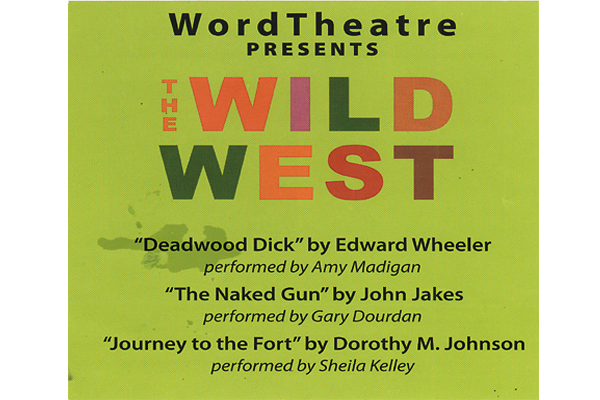 Richard Goff knows two things well: rawhide braiding and horses. Horses came first.
Richard Goff knows two things well: rawhide braiding and horses. Horses came first.
“I grew up in the Southeast, the Carolinas, and got my first horse when I was just 10. My Mother traded an old Kodak Instamatic camera for that sway-backed gelding. I didn’t care how he looked, that horse was my first love.”
That love would eventually carry Goff into the world of the cowboy. Marriage to an Arizona woman in his 20s brought him to the Red River Land and Cattle Company where he saw a chance to work with horses and cattle. He started on the doctoring crew and eventually became number two cowboy (out of some 40 employees) in charge of shipping and receiving, a big assignment.
That’s where the rawhide braiding came in. “Working with cowboys is stressful,” Goff explains. “There’s a lot of machismo. I learned the craft from a Mexican stock handler at a feedlot in Casa Grande and started to braid to relax. I made anything I felt like making. But I saw that many cowboys had fancier tack than me, especially nice reins and decorative headstalls. Since money was an issue, I decided to make my own. I kept at it, got better and people started to notice.”
“Rawhide braiding,” Goff explains, “is the ultimate folk art. Some just use the technique for what it is, a way to make leather rope. Others take it to its highest level and make it into an art. The artistry comes entirely out of the design. I studied engineering and actually draw out each piece. It’s very mathematical—algebraic, in fact. I know exactly where all the decorative knots and fancy plaiting will go. My pieces at this point are highly distinctive, with multiple cord constructions, leather beads and silver. Back at Red River, I sold my first pair of reins for ten dollars. Now, let’s just say they cost a lot more.”
Archaeological excavations prove that twisted braided rope predates the wheel. It’s a universal tool. Goff likes to say that “rawhide was the duct tape of the West. Working cowboys of the 19th century knew how to repair most things with it because they had to. Being an artist in this medium is a mental leap—I create rawhide braided objects that nobody asks me for. I do it because it centers me.”
Today, Goff has customers in the horse world who buy headstalls for show purposes, as well as nonhorse-owning collectors who buy his work just because they like to look at it. They’re amazed by the intricacy and the design. For them, he makes bridle miniatures, three-dimensional sculptures in leather. His work has been seen often at the Trappings of the American West show invitational in Flagstaff.
In a world of convenience and immediate gratification, it’s encouraging to meet a man who would rather take the time to create a utilitarian object entirely by hand, investing it with beauty and soul. Currently a full time ranch hand at the Suiter Cutting Horse Ranch in Litchfield Park, Arizona, where he’s still pursuing the love of his life, Goff works horses six days a week. When he’s not riding, he’s braiding.
Corinne Brown is a native Coloradan, Western author, staff writer for Persimmon Hill and fashion writer for Western & English Today.






